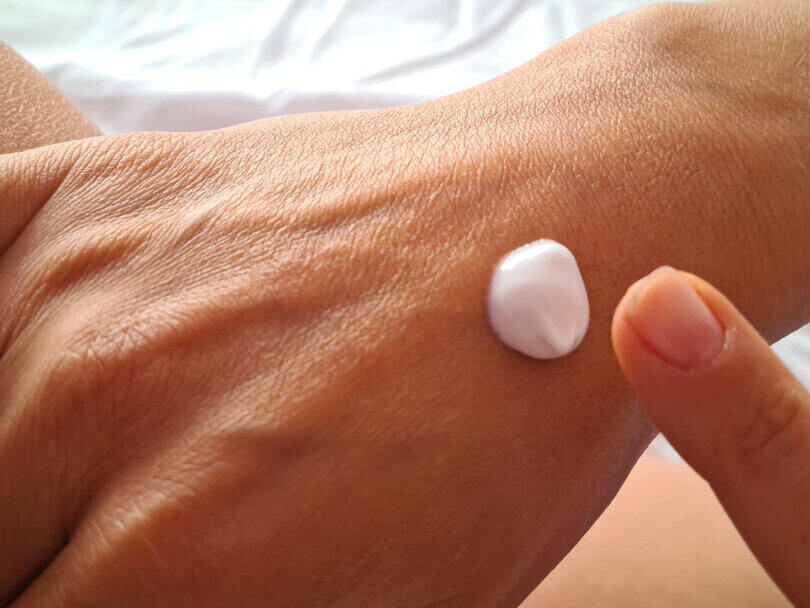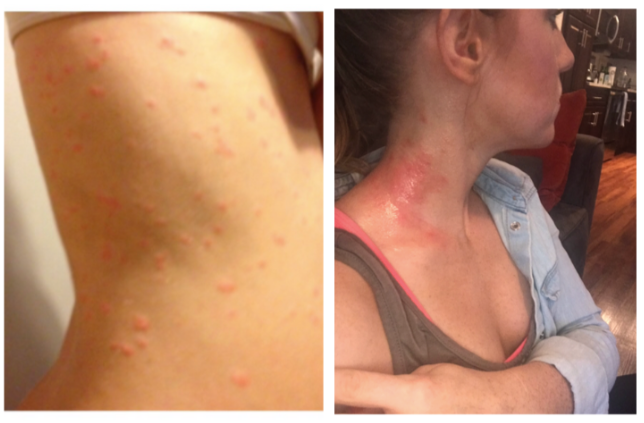
If you suffer from psoriasis, you want to know what healing looks like. There is no standard timeline for this condition, but the remission period can be long or short depending on the severity of the disease. In some cases, the remission period is prolonged while in others, it is only temporary. The remission period can also be unpredictable. For example, some people experience fewer symptoms during the summer months and more during the winter. In either case, knowing the weather triggers a flare-up is important to prolong the remission period.
When the psoriasis condition is first diagnosed, the symptoms are usually more obvious on the trunk than on the face. Plaques often appear on the leg and arms, and the scalp can be affected as well. The skin becomes smooth and raw in spots. In inverse psoriasis, plaques appear only on certain parts of the body, such as the hands and feet. The rash can also affect the scalp.
In inverse psoriasis, plaque-like patches of skin appear in folds and skin creases. Inverse psoriasis, on the other hand, manifests in the folds of the skin and resembles thin pink plaques without scales. In both cases, there are a variety of treatments available to combat the disease. Fortunately, there is no cure for psoriasis.
In many cases, the signs of psoriasis healing can be easily seen. Some patients report marked reduction in itching and reduced use of topical medications. Other patients report a reduction in redness and flaking of the skin. Although symptoms vary from person to person, remission usually occurs after the first year of treatment. When the disease is in remission, it may take several years before it disappears completely.
In most cases, the state comes in cycles. Some people may experience psoriasis once and then go into remission for a while. A patient in remission is considered asymptomatic and may use topical medications less frequently during this time. However, remission does not always occur, so it is important to closely monitor your progress.

People with psoriasis have several different types. Most people with this condition have plaque psoriasis, which is the most common type. Guttate soriasis is a rare form of the disease. It can appear on any part of the body and is usually pinkish in color. In addition, a white layer of thick, scaly scales may form on the skin.
The most common type of psoriasis is known as guttate psoriasis. This causes thick red patches on the skin. This type of psoriasis often affects the elbows, back, and palms. But if you have guttate psoriasis, it can be difficult to treat at home. But if you seek proper treatment with a cream https://truthinhealthcare.org/exodermin-opiniones/, your overall well-being will improve and your skin will become less painful.
People with psoriasis should see a doctor as soon as possible. This can be a very frustrating condition and should be treated properly. You need to find a doctor who understands this condition so that you can be completely comfortable with the treatment you are receiving. The best way to cure psoriasis is to find the right treatments for your particular condition.
The best treatment for psoriasis is a combination of creams and topical medications. Topical creams are often used to treat symptoms. You also need to avoid certain irritants. The best way to treat psoriasis is to find the right treatment for your condition. Getting the right treatment can make the difference between cure and relapse.
80% of all people with psoriasis have plaque psoriasis. This is a chronic disease that affects the skin and is caused by a malfunction of the immune system. The immune system of the skin responds to this signal and speeds up production of new skin cells. It can also be the result of a bacterial infection. In addition to the signs and symptoms of psoriasis, it can be difficult to distinguish psoriasis from other skin conditions.